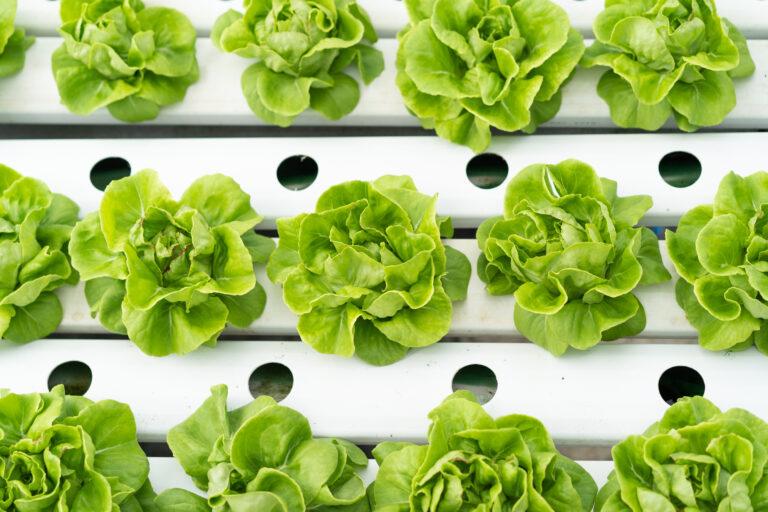Plants grown in aquaponics were generally more contaminated than those grown hydroponically, while the water used as a growing medium was surprisingly more contaminated in the hydroponic system compared to the aquaponic system. Chicory showed higher levels of all microbial groups compared to lettuce grown under the same cultivation system. The results obtained showed a correlation between some VOCs and the distribution of microbial groups in the phytosphere, while some examples of positive correlations between 2-nonanone (a positive phytostimulant compound) and anaerobic bacilli in the rhizosphere of lettuce were reported. Multivariate analysis of VOCs has so far distinguished differences on the basis of cultivars, but the evaluation on the basis of cultivation systems is considered to be a novelty.
In conclusion, the microbial characteristics of the two ecosystems depended on both the plant species and the cultivation method, but further studies are needed to investigate in depth the variables influencing the microbial quality of vegetable foods obtained by aquaponics. On the other hand, the analysis of VOCs was more correlated with the microbial community of each plant species, independently of the cultivation system.
According to the authors, this work could be the first step in the development of a simple method based on the assessment of VOCs in a whole ecosystem as a tool to predict the microbial quality of hydroponically and aquaponically grown vegetables and to determine the destination of different food products (fresh or cooked) to preserve their safety and nutritional value. The specific role of microbes needs to be addressed in more depth through the evaluation of population genomics to point to more causal questions, in order to monitor and control the whole environment of a representative "holobiome" system.

